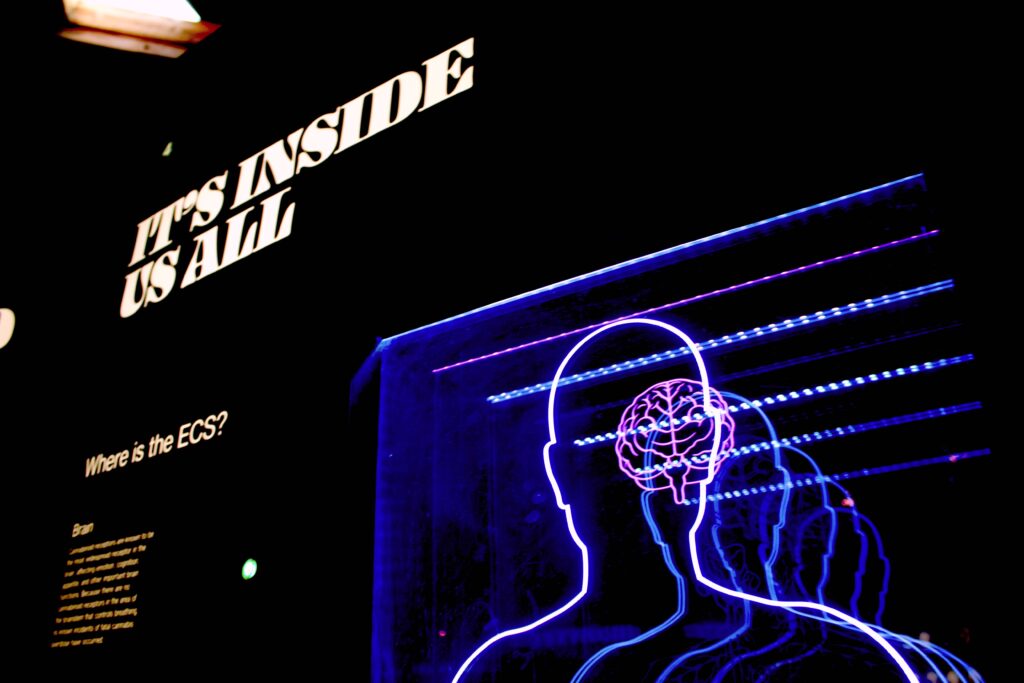Published 3rd January 2024, Anxiety, Depression and CBT/Cogitive Behaviour Therapy and Anxiety
The Healing Power of CBT for PTSD

Good Morning, Afternoon, Evening, wherever you are in the world as we speak, Welcome to The Takeover Strategy Blog. Welcome, Welcome, Welcome.
The quest for effective treatments for conditions like post-traumatic stress disorder (PTSD) is more important than ever. Enter Cognitive Behavioral Therapy (CBT), a therapeutic approach that has been making waves in the industry of mental health treatment. This blog post embarks on a journey through the application of CBT in treating PTSD, shedding light on its effectiveness and delving into the specifics of trauma-focused cognitive behavioral therapy. PTSD is like a storm that wreaks havoc within the minds of those who have experienced trauma. It could be a single traumatic event or a series of distressing incidents that leave an indelible mark on one's psyche. Flashbacks, nightmares, and hyperarousal become unwelcome companions, making everyday life a battlefield. Recognizing the need for effective interventions, therapists have turned to CBT as a beacon of hope for those grappling with the aftermath of trauma. Before we go deep into the depths of CBT for PTSD, let's grasp the fundamentals of this therapeutic approach. CBT operates on the premise that our thoughts, feelings, and behaviors are interconnected. It's not just about talking through problems but actively working to change negative thought patterns and behaviors.

CBT offers a unique and structured approach to tackling PTSD. Therapists employing this method work collaboratively with individuals to identify and challenge negative thought patterns stemming from the trauma. By doing so, they aim to break the cycle of distressing thoughts and pave the way for a more adaptive mindset. It's not about erasing memories but reframing them, turning the page from fear and anxiety to resilience and growth. Now, let's zoom in on a specialized form of CBT tailored specifically for PTSD – Trauma-Focused Cognitive Behavioral Therapy (TF-CBT). This approach recognizes the unique challenges posed by trauma and tailors its strategies to address them effectively. TF-CBT kicks off with a deep dive into the specific traumatic experiences a person has faced. This isn't about reliving the trauma but understanding its impact on thoughts, emotions, and behaviors. Through open and empathetic conversations, therapists create a safe space for individuals to explore and express their feelings, gradually chipping away at the emotional armor that trauma builds. Knowledge is power, especially when it comes to understanding the aftermath of trauma. In this phase, individuals learn about the common reactions to trauma and how it affects the brain. Armed with this knowledge, therapists guide clients in developing coping skills to manage overwhelming emotions. From breathing exercises to grounding techniques, these skills act as tools to regain a sense of control in the face of distress.

Knowledge is power, especially when it comes to understanding the aftermath of trauma. In this phase, individuals learn about the common reactions to trauma and how it affects the brain. Armed with this knowledge, therapists guide clients in developing coping skills to manage overwhelming emotions. From breathing exercises to grounding techniques, these skills act as tools to regain a sense of control in the face of distress. Negative thought patterns are like weeds in the garden of the mind, choking out the potential for growth. TF-CBT employs strategies to identify and challenge these destructive thoughts. It's a process of planting seeds of positive thinking and nurturing them to fruition. Through guided exercises, individuals learn to reframe their narratives, replacing self-blame and hopelessness with self-compassion and optimism. This step involves facing the dragon head-on, but in a controlled and supportive environment. Therapists work with individuals to gradually approach trauma memories, helping them process and integrate these experiences without being overwhelmed. It's a delicate dance between confronting the past and ensuring emotional safety, allowing individuals to reclaim their narrative. No one should face their demons alone. TF-CBT places a strong emphasis on rebuilding connections and strengthening support systems. This can involve working with family members or significant others to foster understanding and create a supportive environment for the healing journey. Social support becomes a crucial anchor, providing stability amid the turbulent waters of recovery. As we navigate through the path of CBT and TF-CBT, it's essential to acknowledge the real-life success stories that attest to the power of these therapeutic approaches. Individuals who once felt imprisoned by the chains of trauma have emerged stronger, armed with a newfound resilience and the ability to face life's challenges with a more balanced perspective. In the grand scheme of things, the effectiveness of CBT for PTSD goes beyond individual therapy sessions. It's about breaking the stigma surrounding mental health and fostering a culture of understanding and empathy. As more individuals share their journeys of healing, the narrative around PTSD transforms from one of weakness to one of strength and courage.
I hope you found this beneficial, Wishing you Love and Light
Svaha (So be it) x
MEET THE TEAM
John Thompson

CEO/Founder, Business Development Entrepreneur & Life Coach
Kasia Papadopoulos

Lead Designer, and Business Development Entrepreneur & Life Coach
Jake Mann

SEO Expert and Digital Marketer
Deema Patel

Email Marketer and Content Writer

Blog Sign Up
Craving fresh insights? Join our blog! Explore intriguing topics, gain wisdom, and spark innovation. Sign up now. Your daily dose of inspiration awaits!
Newsletter Sign Up
Stay ahead of the curve! Sign up for our illuminating newsletter today and gain privileged access to exclusive content, stimulating thought-pieces.
Comments
